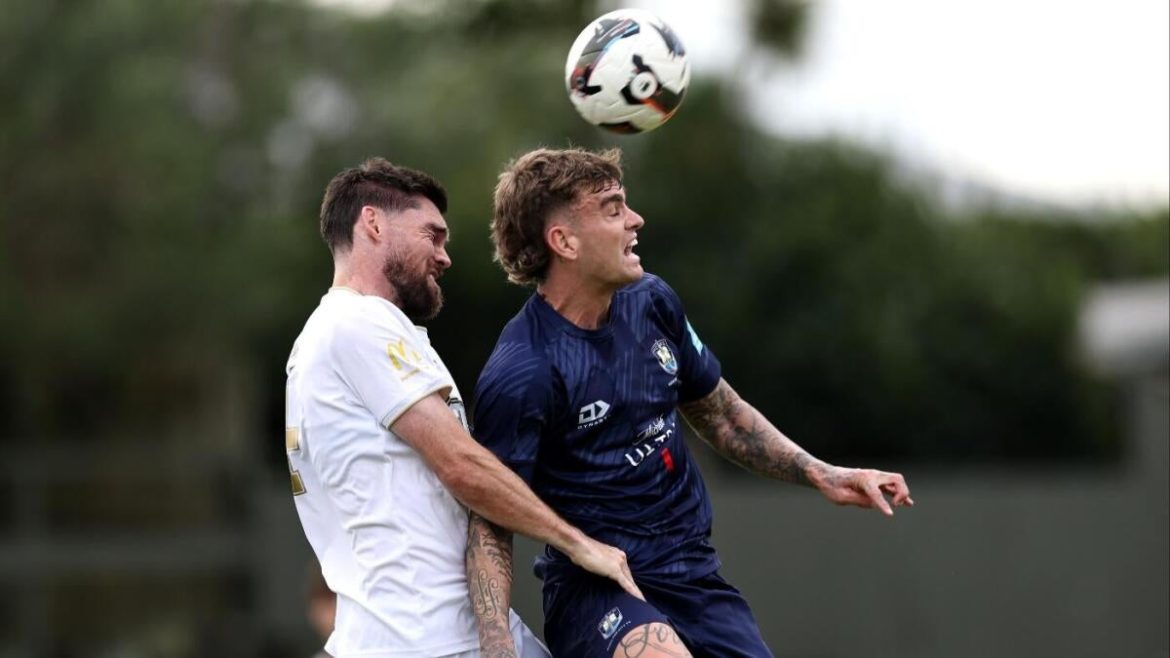The journey from amateur to professional soccer player stands as one of the most challenging and competitive progressions in sports. The contrast between amateur enthusiasts—often juggling regular full-time jobs—and elite professionals underscores not only the gap in skill and opportunity but also in lifestyle, training commitment, and career outlook. This report offers an in-depth examination of the landscape of soccer talent development, the requirements for progression, and the experiences of players at various levels as they navigate the pathway toward elite competition.
Distinctions Between Amateur and Professional Soccer Players
Soccer’s global popularity permeates all social strata, with millions engaging in the sport at amateur and professional levels alike. Yet, significant differences define these categories—not merely of skill and talent, but in how players’ lives and routines unfold.
Amateur players frequently maintain full-time jobs—examples include teachers and barbers within the squad of clubs like Auckland City FC who prepare to face internationally elite opponents at tournaments such as the FIFA Club World Cup. These athletes must negotiate time off work, balancing their livelihoods with the demands of high-level competition.
In stark contrast, professional players operate within a structure meticulously devoted to football, enjoying superior working conditions, access to advanced training resources, and contracts guaranteeing football as their primary occupation. Professionals engage daily with coaching staff, tactical development, fitness regimes, and recovery processes targeting peak performance. Their market position reflects talent and skill honed over years, with clubs investing significantly in player development to secure competitive advantages.
The Intense Road to Professionalism: Talent, Training, and Opportunity
The odds of transitioning from amateur to elite professional status are extraordinarily slim. Statistical analysis estimates that less than 1% of grassroots soccer players make it into elite academies, with an even smaller fraction breaking into first teams. Such rarity emanates from the necessity of exceptional talent married to relentless dedication.
Psychological and sports development research advocates a threshold of approximately 10,000 hours of deliberate practice for mastery in any complex domain, including soccer. This immense investment of time mixes skill acquisition with mental and physical growth, enabling young talents to flourish amid fierce rivalry.
Participation in club trials, talent scouting days, and academy programs significantly impacts career trajectories. Networking within soccer circles, seizing opportunities for exposure, and consistent performance under pressure are vital. Coaches known for youth development—such as Arsène Wenger with Arsenal’s academy players—illustrate how structured nurturing can convert raw potential into sustained professional success.
FIFA’s Role in Talent Development and Global Competitiveness
Recognizing the global inequities in access to football development resources, FIFA has initiated comprehensive schemes targeting talent identification and growth across diverse nations, including pilot programs spanning countries like Kyrgyz Republic, Costa Rica, and South Africa. The vision is to democratize player opportunity, fostering sustainable legacies that elevate standards and bridge gaps between traditional football powerhouses and emerging regions.
Such programs aim to maximize the potential of players at every stage, encouraging long-term progression rather than ephemeral bursts of success. By enhancing coaching education, infrastructure, and youth development pathways, FIFA endeavors to cultivate a truly global competitive landscape.
The Reality of Professional Contracts and Player Welfare
Definitions of professional status hinge on formal contracts where players receive remuneration surpassing mere expense reimbursements. However, even within the professional ranks, disparities exist regarding financial security, working conditions, and career longevity.
While elite professionals enjoy robust support systems, many players, especially those newly breaking into professional tiers or competing in lower leagues, face precarious employment, injury risks, and uncertain futures. Navigating these challenges requires informed career decisions, often supplemented by education and contingency planning.
Case Studies and Narratives of Transition
Some of soccer’s celebrated figures started their journeys as amateurs. For instance, Miroslav Klose, the highest goal scorer in FIFA World Cup history, began at the amateur level before advancing to international stardom. Similarly, players like Franck Ribéry, Jamie Vardy, and Grosso reflect diverse pathways underscoring grit and timing alongside talent.
These narratives emphasize the unpredictable nature of soccer careers: raw ability sets the foundation, but perseverance, adaptability, and sometimes fortuitous breaks complete the story.
Current Competitive Landscape: Club World Cup and Emerging Markets
Events such as the FIFA Club World Cup highlight the rich intersection of amateur and professional talent. Teams featuring players who balance work and football challenge elite clubs packed with globally recognized stars. The upcoming 2025 edition exemplifies this dynamic, with growing interest in markets like North America renewing conversations around soccer’s expansion.
Transfers, youth promotions, and strategic academy investments continue to reshape the professional scene, creating new opportunities while intensifying competition.
Conclusion: Bridging Ambition and Reality in Soccer’s Talent Pathway
Soccer remains a sport of passion, community, and possibility, yet the divide between amateur enthusiasm and professional excellence is profound. Players choosing this path face a gauntlet of challenges: minimal chances of ascent, demanding training regimens, and lifestyles often dictated by the sport’s rigorous demands.
Yet, organizations like FIFA and visionary coaches uphold the dream that every talented player deserves a shot. Through deliberate development schemes, accessible talent identification, and concerted efforts to improve working conditions, soccer strives to be a meritocracy where dedication and ability can yield exceptional careers.
For aspiring players and stakeholders alike, understanding these dynamics encourages realistic expectations insulated by inspiration. Success may be rare, but where passion meets opportunity and preparation, the beautiful game continues to turn dreams into reality.





